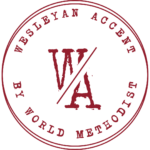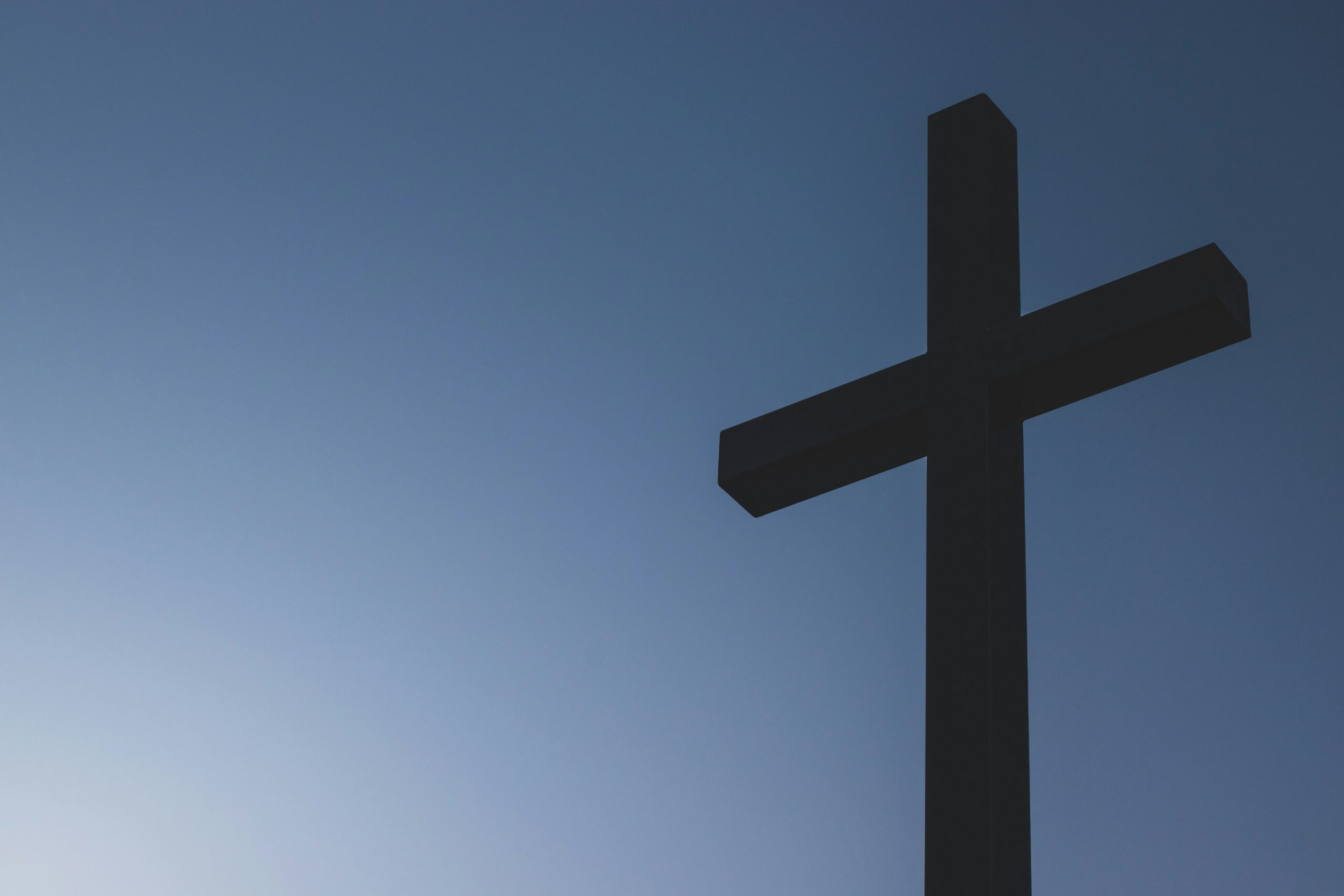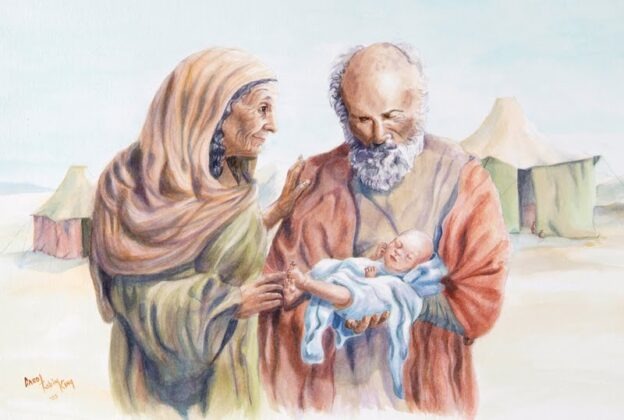More Than A Barber by Maxie Dunnam

Even with modern technology, I like the daily newspaper. I pay close attention to the front page and read the articles there that get attention. Then I turn the inner pages to see what is there.
It was an inside article, but the headline caught my attention:
FORMER ADDICT OFFERS HAIRCUTS TO HOMELESS PEOPLE IN LOS ANGELES.
I couldn’t resist and read the inspiring story of barber Beraldo Gabaldon. He sets up shop near MacArthur Park in Los Angeles and cuts the hair of homeless people for free, wanting to give them a fresh outlook. The 35-year old former barbershop owner came to California from Albuquerque, New Mexico to leave behind 15 years of drug and alcohol addiction and start a new life after getting sober in February.
He has been cutting hair at the park for a month, up to four hours a day in what he calls his “mission to redeem himself and give hope to others.”
I’m sure I will be sharing this story with addicts who seek my counsel, but to even think of being helpful, I will have to talk about the fact that Beraldo had done some of the things becoming sober requires. First of all, he was an addict and needed help. Maybe it was a new community… so he made a dramatic move… Alburquerque to Los Angeles. And there he is cutting hair… serving others. When Beraldo tells his background they relate to him immediately. “You are more than a barber. You’re a therapist. You can talk to your barber about anything. I can guide them to the resources I do know,” he says. “These are the first people I am going to help because I was in their shoes… Maybe a haircut can give the spark to change their whole life.”
Having relapsed several times, Beraldo aims to be a mentor so that his customers do not just end up in jail or undergo rehabilitations and are left to fend for themselves.
His word is a good one not just for recovering folks, but for all: This time I found my purpose and why I want to recover. It’s for me and my family, so they can have a dad, a brother, and have me here to provide, being an amazing father to my kids.” (The Commercial Appeal , 8/24/25)
Subscribe
Get articles about mission, evangelism, leadership, discipleship and prayer delivered directly to your inbox – for free






















